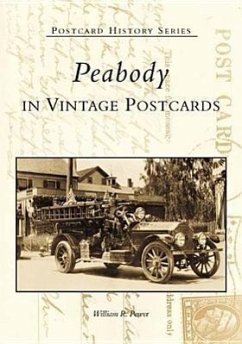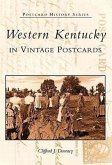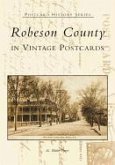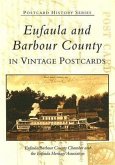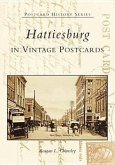Peabody was settled in 1626 as Brooksby Village and was originally a part of the town of Salem. In 1752, citizens joined in the area of town known as Salem Village to form the town of Danvers. The separation of the two towns into Danvers and South Danvers took place in 1855. In 1868, the name of South Danvers was changed to Peabody to honor its native son George Peabody. In Peabody, vivid postcards offer a contrasting view of what it was like to live and work in a community having two distinct characters: the town center, with its bustling tanning industries, which soon earned Peabody the sobriquet of "Leather Capital of the World," and the pastoral farming villages of Brookdale, Locustdale, Brooksby, and West Peabody, which portray a sense of life in rural America during this same era.
Hinweis: Dieser Artikel kann nur an eine deutsche Lieferadresse ausgeliefert werden.
Hinweis: Dieser Artikel kann nur an eine deutsche Lieferadresse ausgeliefert werden.

